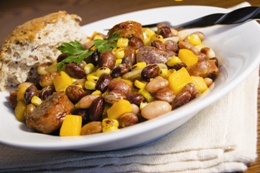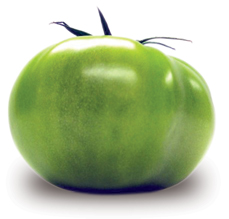Blame It on the Ouzo
Monday, 01 June 2009 19:49By Albert W. A. Schmid, MA, CCP, CHE, CFBE, MCFE, CCE, CEC, COI, Sullivan University
Or, my big fat Greek dinner during the NRA Show in Chicago.
I discovered Greek cuisine in Lincoln, Neb., at a small eatery called Papa John’s when I was studying at the University of Nebraska. No, this establishment had no relation to the franchised pizza parlor. It was located a few blocks away from campus and came complete with a large Greek family that could have been cast in the Hollywood movie, My Big Fat Greek Wedding. Each member of the entire family had tons of personality. The father and sons ran the kitchen while the mother and daughters tended to the tables and front of the house. The family always seemed to have fun working together in the restaurant. The food portions were as large as the owners’ personalities, perfect for a hungry college student.
One of the reasons I enjoyed eating there was the ouzo, an anise-flavored liqueur. There were many nights when I consumed more than one shot of ouzo with my meal. I always enjoyed the atmosphere of the restaurant. Every meal was a celebration. Since then I have had many Greek meals, and it always invokes memories, feelings and smells of my time in the Cornhusker State and that little Greek eatery.

 These mini- and full-lab exercises will help you teach legumes effectively.
These mini- and full-lab exercises will help you teach legumes effectively. Many clients are now choosing to spend their dollars in ways that will have a positive impact on the environment.
Many clients are now choosing to spend their dollars in ways that will have a positive impact on the environment. Collaboration is the ticket to successful short-term study-abroad trips.
Collaboration is the ticket to successful short-term study-abroad trips. 10 ideas to encourage your students to make sustainability part of their careers.
10 ideas to encourage your students to make sustainability part of their careers.